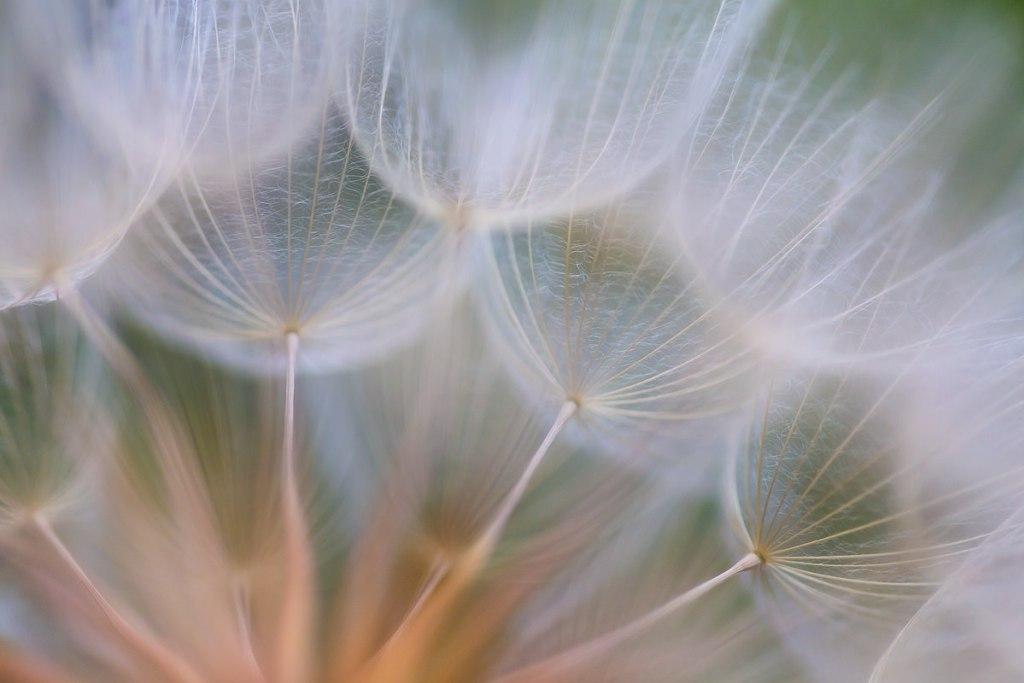-
Shoot all the year round
And wildlife and your own garden or park in your city almost all year round can provide excellent opportunities for photographing plants. Of course, in winter and early spring you will need more effort to find the subject of photography, but at this time of year, there are plenty of opportunities for interesting photos if you look at the surrounding world without bias.
For example, in this photograph, photographed in the middle of winter in the Denver Botanical Garden, the plants under the weight of snow were molested, which made them visually more interesting compared to their summer congeners. In addition, the winter cold added to their coloring fine pastel colors, which I did not see at any other time of the year, when these plants, as a rule, are bright green, yellow and orange.
-
Look for patterns and textures
To the close observer, nature can offer countless patterns and textures. After spending some time carefully studying the place of shooting and its details, you will be able to detect even the smallest scenes worthy of your picture. The repeating pattern and the rich color of the scarf that you can see in the photo below are the two main elements that I used when creating this photo. Although it is widespread, it took me a while to find a site with plants in good condition, growing at the same height (this allowed me to get all the plants in the frame easier to focus).
Next time, going for a walk with the camera, take a look at the patterns created by nature: you will be surprised by the variety and beauty of natural textures and patterns as soon as you start to pay attention to them.
-
Experiment with shallow depth of field
Shooting with shallow depth of field, when many elements of the scene are out of focus, at least for landscape photographers can be a serious psychological barrier. When shooting small objects such as plants or flowers, a shallow depth of field often turns the subject from material to abstract. Instead of photographing petals, stems, and leaves, you can shoot lines and shapes, for example, as in the photos below. Abstractions arising from the use of shallow depth of field - an excellent creative approach to the photography of plants.

In the case of the first photograph of the dandelion head (about 5 centimeters in diameter) that you see above, I used the f / 2.8 diaphragm and experimented with different focusing points, which made it possible to emphasize the orientation of the seed bases from the center to the edges. In the second photograph, the same dandelion looks quite different - it cost me just a little to shift the point of view and the point of focusing, and before the gaze of the viewer appear umbrellas.
Comparison of these two images of the same object, taken with an interval of several minutes, clearly demonstrates the difference that can give a small change in focus, depth of field and perspective when working with a subject at close range on an open aperture.
- Experiment with lighting
Although this is one of the most difficult kinds of light in photography, the backlighting - when the light source is behind the shot object - can add mood photos and make it more interesting.

To capture this photo, I lay on the ground among the willow bushes facing the setting sun and used a shallow depth of field to get in focus only a few branches with buds illuminated by sunlight. Also, you can use lightroom plugins while editing your photos.
Fluffy objects, for example, pussy-buds, alders, some kinds of cacti and flowers, illuminated by the sun, have a natural luminous areole, which looks great in photos.
It may take time and perseverance to experiment and improve your technique, just be prepared to try again if your first attempt did not bring you the desired result.
